पंच रथ
( Pancha Rathas )
Pancha Rathas (also known as Five Rathas or Pandava Rathas or Ainthinai kovil) is a monument complex at Mahabalipuram, on the Coromandel Coast of the Bay of Bengal, in the Chengalpattu district of the state of Tamil Nadu, India. Pancha Rathas is an example of monolithic Indian rock-cut architecture. The complex was initially thought to have carved during the reign of King Narasimhavarman I (630–668 CE.) However, historians such as Nagaswamy attributed all of monuments in Mahabalipuram to Narasimhavarman II (c. 690–725 CE) with the discovery of new inscriptions. The complex is under the auspices of the Archaeological Survey of India (ASI) and is part of the UNESCO World Heritage Site inscribed by UNESCO in 1984 as Group of Monuments at Mahabalipuram.
Each of the five monuments in the Pancha Rathas complex resembles a chariot (ratha), and...Read more
Pancha Rathas (also known as Five Rathas or Pandava Rathas or Ainthinai kovil) is a monument complex at Mahabalipuram, on the Coromandel Coast of the Bay of Bengal, in the Chengalpattu district of the state of Tamil Nadu, India. Pancha Rathas is an example of monolithic Indian rock-cut architecture. The complex was initially thought to have carved during the reign of King Narasimhavarman I (630–668 CE.) However, historians such as Nagaswamy attributed all of monuments in Mahabalipuram to Narasimhavarman II (c. 690–725 CE) with the discovery of new inscriptions. The complex is under the auspices of the Archaeological Survey of India (ASI) and is part of the UNESCO World Heritage Site inscribed by UNESCO in 1984 as Group of Monuments at Mahabalipuram.
Each of the five monuments in the Pancha Rathas complex resembles a chariot (ratha), and each is carved over a single, long stone or monolith, of granite which slopes in north–south direction with a slight incline. Though sometimes mistakenly referred to as temples, the structures were never consecrated because they were never completed following the death of Narasimhavarman I. The structures are named after the Pancha Pandavas and their common wife Draupadi, of epic Mahabharata fame. In order of their size, they include the Dharmaraja Ratha, Bhima Ratha, Arjuna Ratha, Nakula Sahadeva Ratha, and Draupadi Ratha.
According to a plaque displayed at the site by the ASI, the Pallava dynasty had planned the structures as models of chariots in rock based on prototypes of ancient rathas built in wood.[1] The Pancha Rathas were carved during the reign of King Mahendravarman I and his son Narasimhavarman I. Work on these five rathas was discontinued following the death of Narasimha Varman in 668 AD.[2][3] The purpose of their construction is not known as the structures were not completed. Part of the collection within the Group of Monuments at Mahabalipuram, they were classified as a UNESCO World Heritage Site in 1984.[4]
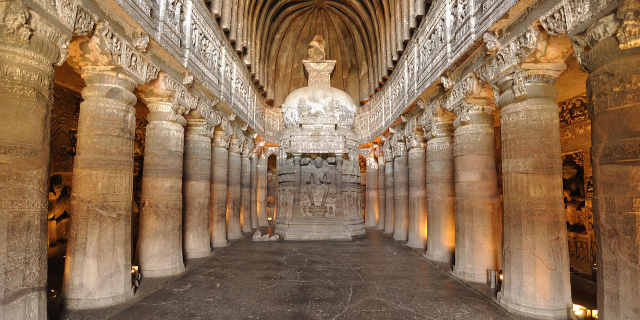

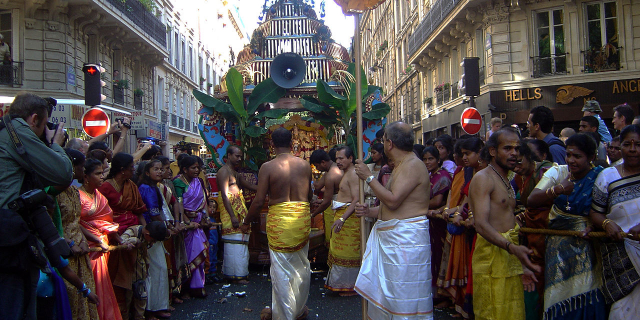




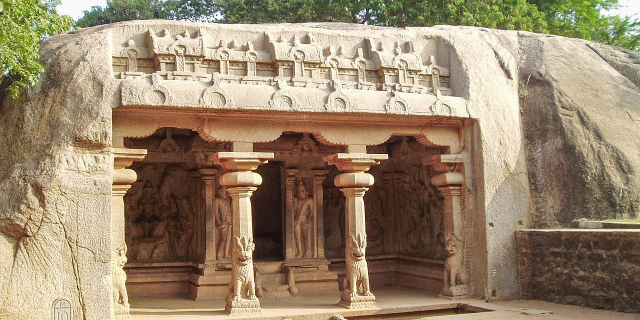

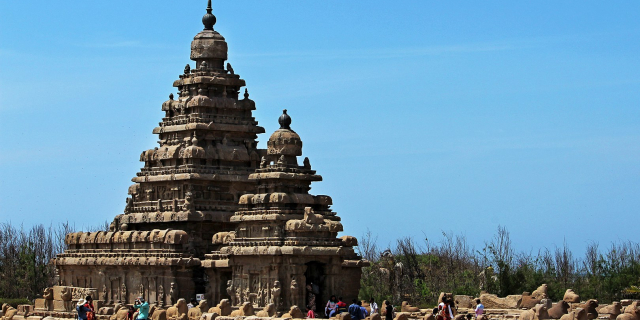
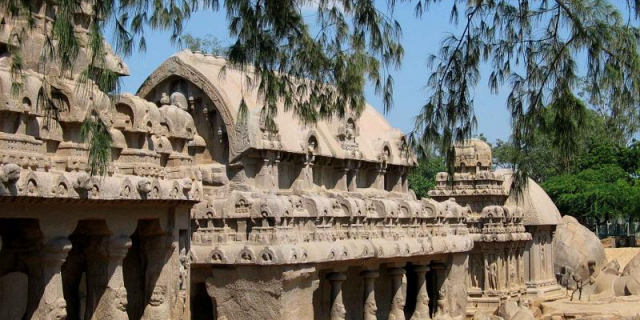









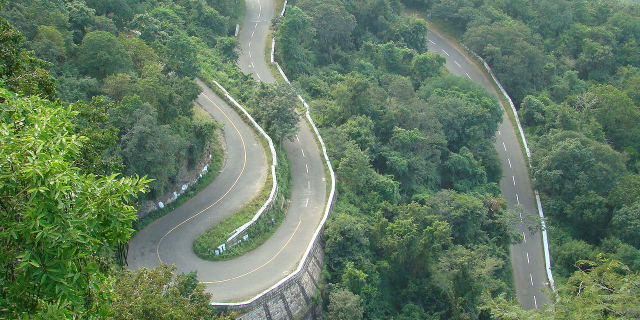

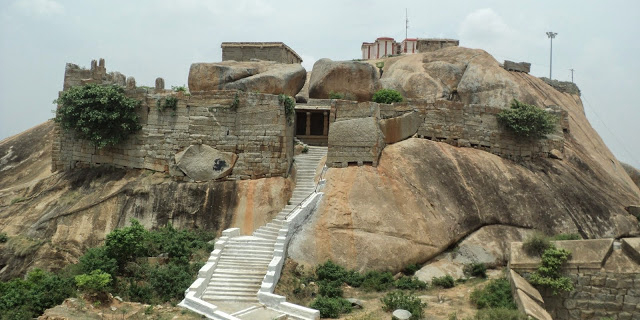

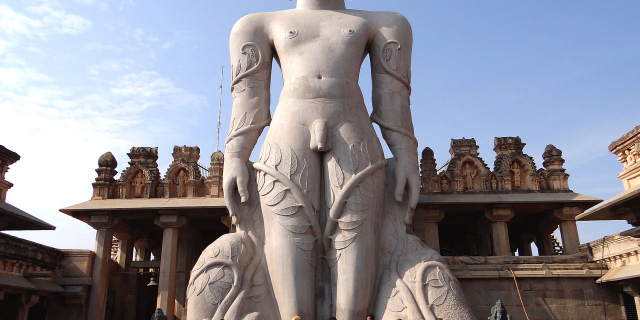


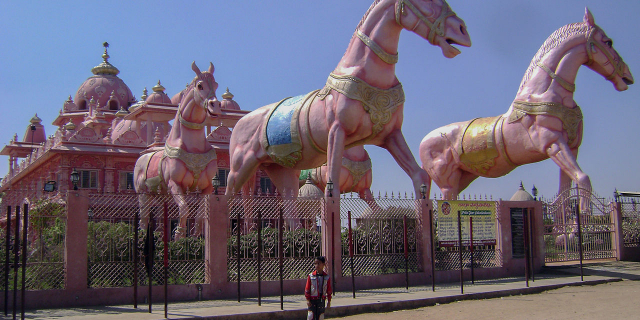
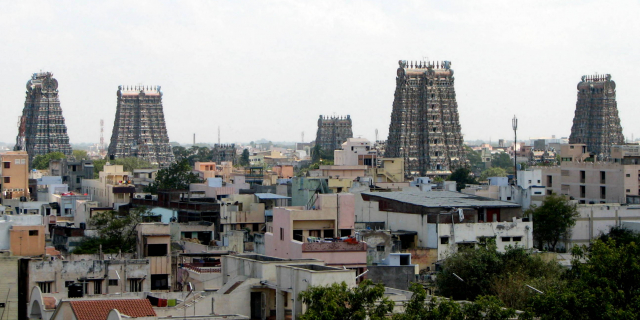


Add new comment